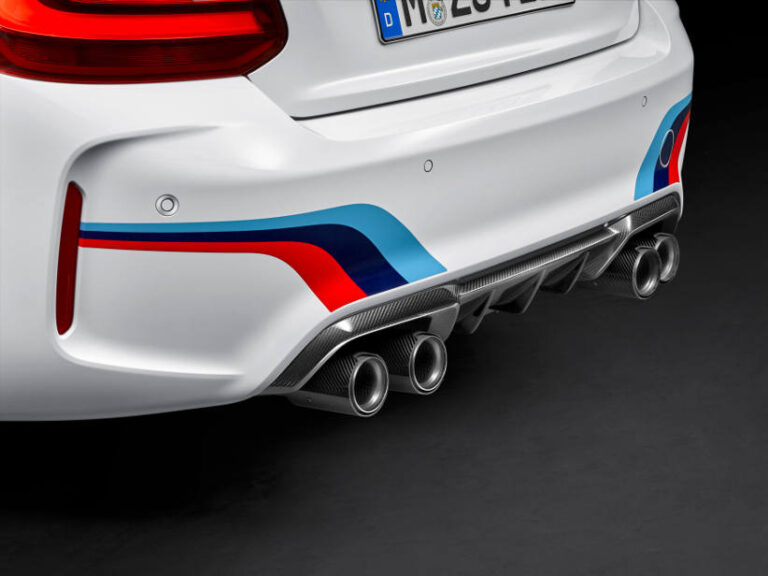The new National Vehicle Emissions Standard (NVES) will change the game for Australian fleets—fast. That was the clear message from Mike Costello and Matt Hobbs in their wide-ranging and practical presentation at the AfMA 2025 Summit.
Costello, from Cox Automotive, and Hobbs, formerly of the Motor Trades Association of Australia (MTAA) and an architect of the NVES legislation, provided valuable context on how the policy works—and why fleet buyers need to be alert to its implications.
The New Rules: Tougher, Sooner
Hobbs reminded the audience that until this year, only Russia and Australia lacked a fuel efficiency standard. That gap is now closing rapidly.
Under NVES:
- Each brand must meet a fleet average CO2 target—not individual vehicle limits.
- There are two categories: passenger vehicles and light commercial vehicles (LCVs).
- Targets tighten each year through to 2029, when the standard becomes extremely challenging:
- 58 g/km CO2 for passenger vehicles (achievable only with EVs or plug-in hybrids).
- 110 g/km CO2 for LCVs (challenging given current ute emissions).
Importantly, credits and debits under the scheme start accruing from July 2025, with penalties due from 2028.
Policy Evolution: A Softer Start, But Tougher Ahead
The final version of the NVES was softened after industry input, Hobbs explained. For example, vehicles like the Ford Everest were moved to the LCV category, buying manufacturers some time. There is also a planned 2026 review of the standard.
But don’t be fooled, said Costello:
“It’s going to get tough, fast. By the end of the decade, only plug-in hybrids and EVs will get close to the targets.”
The Global Context: Supply Tensions, Crowded Market
Car companies are juggling global CO2 compliance priorities. Decisions on where EVs and hybrids are sent are being made on a market-by-market profitability basis.
Australia is both:
- Attractive as a launch market for Chinese EVs (given trade barriers in Europe and the US); and
- Challenging due to right-hand drive and expensive, unique ADR compliance.
“We’ve been a dumping ground for some ICE vehicles and missed out on EVs. That is shifting.” — Costello
One factor hampering EV availability is outdated Australian Design Rules (ADRs). Hobbs gave the example of Nissan’s Ariya EV: sold in NZ, not here, because it lacks an unnecessary Australian top tether child restraint point.
Opportunities and Risks for Fleet Buyers
For fleet buyers, the NVES creates both challenges and opportunities.
Manufacturers will need to push lower emission vehicles into the market to avoid penalties. The fleet sector will be a key target channel.
“This will present opportunities for fleets to access EVs and PHEVs at better terms than retail buyers,” said Costello.
But there will be side effects:
- OEMs may cut back on high-emitting, low-margin fleet-spec vehicles.
- New end-of-year sales spikes could emerge as compliance shifts from vehicle import to point of sale.
- Light commercials—utes and vans—are harder to decarbonise, and this will affect vehicle choice and availability.
“Fleets need to reassess their mix by vehicle type and brand. There are new entrants better placed to meet these targets,”Costello advised.
Depreciation: The Big Unknown
A major concern for fleets moving to EVs is residual values.
Costello presented Cox Automotive data showing:
- Older EVs like the Leaf and Kona Electric are seeing 35-40% residuals at auction—far below ICE equivalents.
- Tesla retains value better but still sees 44% depreciation in 3–4 years.
- Hybrid vehicles, however, are performing strongly—better than their ICE equivalents.
Importantly, battery state of health certificates are emerging as a key tool to boost EV residuals. “European data shows vehicles with a certified battery report sell for more and faster,” Costello said.
He urged OEMs and the market to support this approach here in Australia.
Political Outlook: No Turning Back
The ALP/Greens-controlled Senate will not be watering down NVES. Attempts to return the penalties to zero (as proposed by the Coalition) have failed.
The shift to point of sale compliance is coming by 2026, and the fines ($50/gram or more) are locked in.
“This is baked in,” said Hobbs.
One key lobbying priority is for government to use any fines collected to fund EV infrastructure, including charging upgrades for fleets—a gap that is slowing uptake today.
Takeaways for Fleet Managers
Costello and Hobbs left the audience with these messages:
- Get informed—NVES will affect vehicle availability, mix and pricing.
- Engage with a wider range of brands—Chinese OEMs and new players may offer competitive solutions.
- Plan for EV depreciation—battery health testing is key.
- Push suppliers for transparency on how they’re managing compliance—and how it will affect fleet buyers.
“Policy is already driving change. Vehicles are being deleted from lineups. Pricing is moving. Fleets need to stay ahead of the curve.” — Matt Hobbs.






